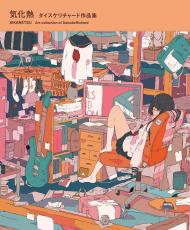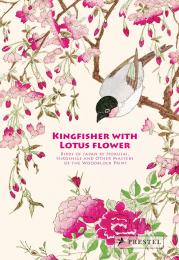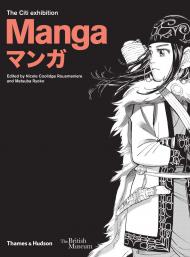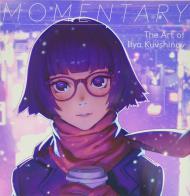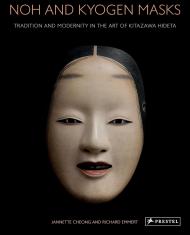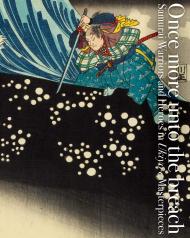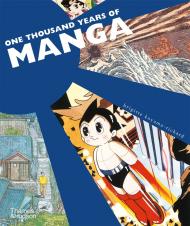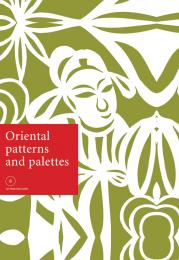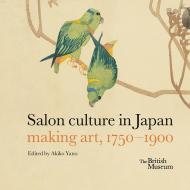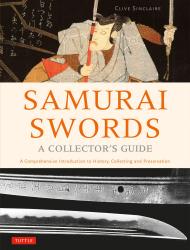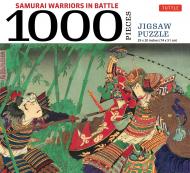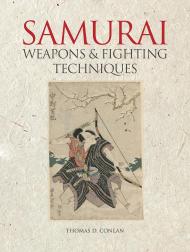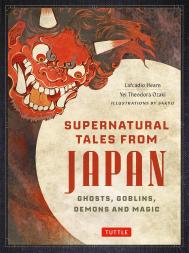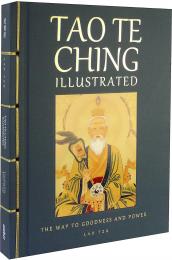A rich, vibrantly illustrated account of the history and sources of manga
Manga has attained phenomenal worldwide success in recent years, and shows no signs of slowing down. As contemporary as this graphic artform may appear to readers outside of Japan, manga is the fruit of a long artistic tradition. Manga as we know it today is deeply rooted in ancient Japanese culture, and traces can be found in seventh-century temple paintings, folding screens decorated with comical characters, and painted scrolls. The more familiar manga comics of today, aimed at a broad audience of adults as well as children, echo similar themes and draw on narrative forms from throughout Japan’s rich history.
This book spans the history of manga in all its splendour and diversity. From Hokusai’s seminal Manga of 1814 to the genre-shaping works of Tezuka Osamu, from the friendly ghosts and monsters created by Mizuki Shigeru to huge franchises such as One Piece and Demon Slayer, every period is covered. One Thousand Years of Manga is both a rich documentary account and a visual delight packed with over 400 illustrations, demonstrating how this mass-produced medium has become a key facet of Japanese culture that is now enjoyed across the globe.
Contents List:
1. The Origins of Manga
2. The Magic of the Scroll: From the Earliest Caricatures to the Onset of the Comic Strip
3. The Birth of the Japanese Print: The Golden Age of Caricature
4. The Dawn of a New Type of Caricature: Japan Opens Up to the West
5. The Rise of the Comic Strip to the Second World War
6. Tezuka Osamu: The ‘God’ of the Modern Manga
7. Manga Today
8. Selected Portraits of Manga Artists
9. From Manga to Anime: The Work of Studio Ghibli
10. Reciprocal Influences
About the Author:
Brigitte Koyama-Richard is a professor of comparative literature and art history at Musashi University in Tokyo. She has published several works on Japan, including L’Animation japonaise, and she regularly works with Les Nouvelles éditions de la Scala specializing in Art and Japanese culture.
_________
In recent years, Manga has seen phenomenal success, not only in Japan, where it dominates the publishing industry, but also in the West, where it is steadily growing in popularity and influence. As swift and sudden as the popularity of this graphic art form may seem, Manga has, in fact, deep roots in Japanese culture, drawing on centuries-old artistic traditions. As early as the twelfth century, Emakimono scrolls existed, a narrative form in which stories of all kinds - romantic, fantastic, even comic - were told through the combined use of text and illustration. Japanese art continued to change as profound political, social, and economic transformations remade the country in the centuries to follow. Today there is little doubt as to the meaning of the term Manga - nor to the astonishing popularity of the form - but few in the West understand the long artistic history that gave birth to this phenomenon and the social factors that continue to shape it today. One Thousand Years of Manga is both an informative account of the genesis of the form and a visual delight.
Through its captivating illustrations and enlightening text, the book situates Manga in its proper context, appreciating it for what it truly is: an integral part of Japanese art and culture that is as rich and revealing as it is popular.
